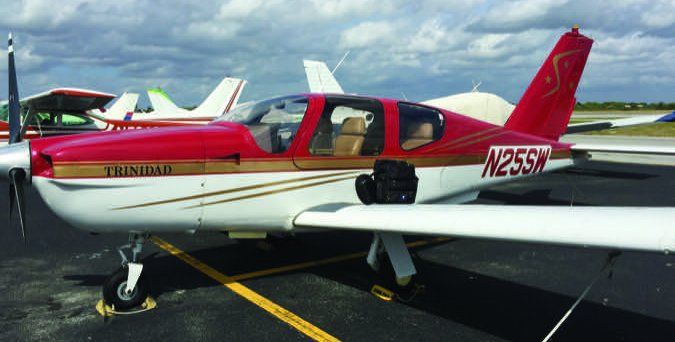Paul Sanchez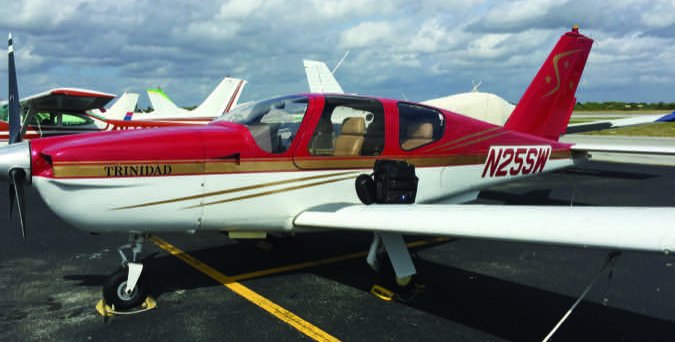
Most of us start our piloting careers in some sort of basic trainer. Some pilots flying purely for sport or recreation may stay with simple fixed-gear airplanes and stick to VFR conditions. Others learned to fly to travel somewhere for some purpose and on their own schedule. Nothing beats a personal airplane for that purpose, but trying to do it single-pilot in all-weather conditions can tax even the most capable general aviation pilots. As Dave Higdon explored in last month’s article, “Entry-Level Travel”, it’s possible to use simple fixed-gear airplanes for personal transportation, but a more-capable airplane makes it easier.
The other side of the coin is where we find the challenges in trying to use a capable airplane for travel. For example, when you are operating an aircraft that can fly non-stop 1000 nm or more in about six hours, you are almost certain to encounter weather hazards. This type of operation isn’t part of typical GA training, so gradually gaining experience is the way most of us learn how to do this safely. At least that’s the way it’s supposed to work.
The Cirrus Example
The Cirrus SR22’s entry into the GA fleet during the early 2000s provides the evidence. Although the SR22 is arguably the most sophisticated piston single ever, it experienced a higher-than-average fatal accident rate during its initial years of service. Some important data points: The demographic of Cirrus owners included a high percentage of new pilots and pilots with less experience than those operating similar aircraft of similar performance. Cirrus owners typically operate their aircraft over much longer stage lengths than is common for GA aircraft. Cirrus owners also operate in IMC more often than is typical. Under these circumstances, it’s no surprise the Cirrus accident rate was higher.
It’s a credit to Cirrus Aircraft, the Cirrus Owners and Pilots Association (COPA), and Cirrus pilots themselves that this accident picture was reversed. The Cirrus fatal accident rate is now about half of GA as a whole. A concerted effort by the manufacturer and COPA to analyze accident data, improve training, and then get the word out to owners has turned the tide.
The Cirrus record provides ample evidence that single-pilot operation of high-performance GA airplanes for near all-weather, on-a-schedule transportation purposes can be the most challenging flying most of us are likely to do. Clearly, we as pilots are the most critical factor in any GA flight operation. From a risk management point of view there are two main components to the pilot equation: proficiency factors and aeromedical issues.
Proficiency Factors
Pilot proficiency is crucial, of course, and goes way beyond mere compliance with the regulations (see “Proficiency Levels”, Aviation Safety, March 2015). Basic “stick and rudder” proficiency skills are not the real safety issue when operating high performance GA airplanes. Let’s look at three aircraft models with which I have experience: the Mooney 201, Beech Bonanza, and Cirrus SR22.
Each are easy-to-fly airplanes. The Mooney and Cirrus need to be flown by the numbers, especially on landing, but are otherwise without significant vices. The Bonanza is more forgiving and, I think, can be easier to fly precisely than a Cessna 172. Maintaining basic VFR proficiency in any of these aircraft is straightforward.
The rub comes when you’re in IMC in congested airspace. These aircraft require automation mastery as an essential proficiency element. Many older Mooneys and Bonanzas have been retrofitted with modern avionics that demand the same level of knowledge and proficiency as the Cirrus. Most of these aircraft also have autopilots. Thus, automation proficiency is a given for operating these aircraft. We also need to remember that maintaining situational awareness when everything is happening faster means you need to be miles ahead of the airplane during this phase of flight.
What Makes A Good IFR Platform?
Back in the days before autopilots and long-range navigation systems were common aboard high-performance piston singles and twins, the concept of a “good IFR platform” was a thing. Since pilots likely were hand-flying their airplane, positive dynamic stability—the airplane’s willingness to return to its original state after being disturbed—was a key element in defining this concept. It still is, but there are other factors you may wish to consider before committing to using a personal airplane on a schedule.
Fuel Capacity
Erik Brouwer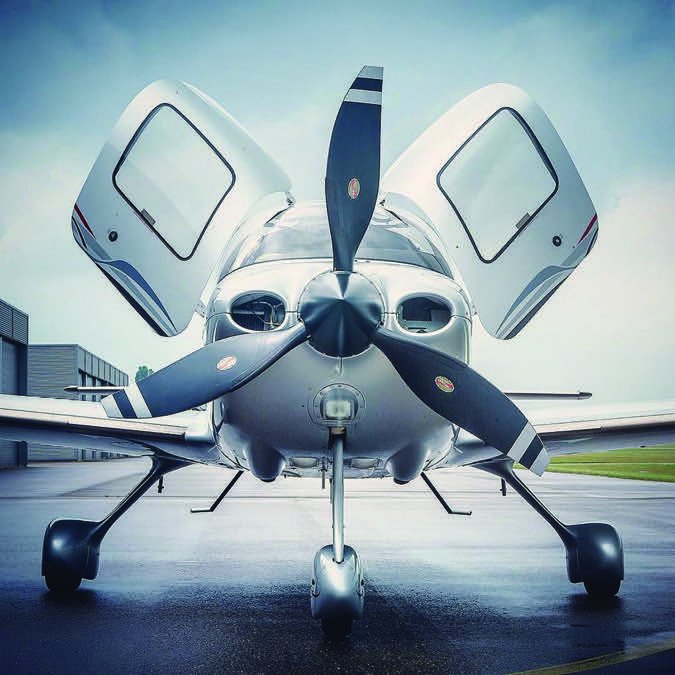
A Cessna 172 I used to fly was a great $100 hamburger platform, but it wasn’t until its owners added additional fuel capacity in the form of internal tip tanks that it became my tool of choice for personal transportation. Some other modifications—an aerodynamic cleanup and a 180-hp engine among them—helped, but having an additional 25 gallons aboard an airplane burning around 10 gph meant a solid two-plus hours of additional flexibility to use in outrunning weather—or flying over it.
Speed
Paul Sanchez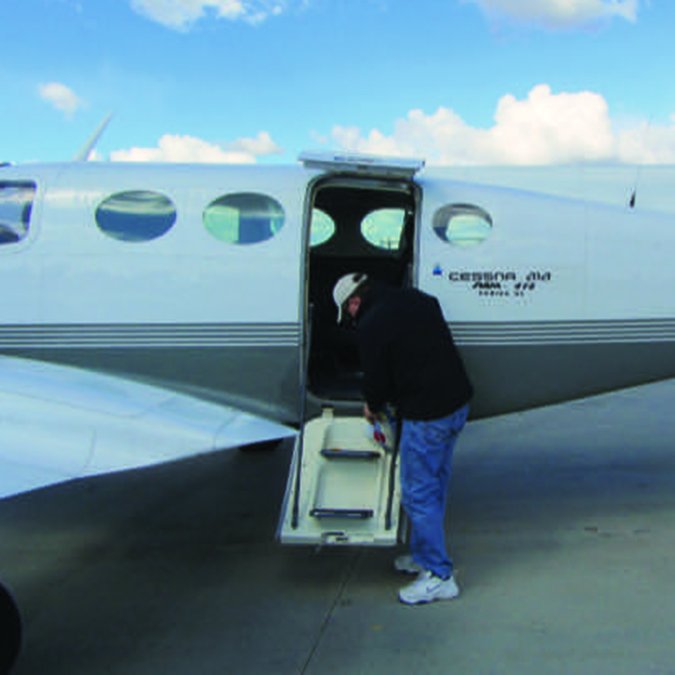
After the modifications, that airplane could cruise at 125 KTAS for five hours at a time, making it barely fast enough to use for long cross-countries. Raw speed is fine, of course, but the real value a higher cruise speed brings to the table is the flexibility it provides. Going around weather instead of being forced to land and wait it out suddenly becomes a viable option. Using the airplane for personal transportation also becomes more attractive as its day-trip legs get longer.
Equipment
Sure; the airplane should have an autopilot and an IFR-approved GPS for en route and approaches. But it also should have some kind of in-cockpit weather capability, with ADS-B In as a minimum requirement. An accurate way to set power (an all-cylinder engine monitor) and monitor fuel burn (a fuel totalizer) should be on the list. Noise-reduction headsets and some kind of in-flight entertainment reduce fatigue and minimize boredom. Drinking water, snacks and supplemental oxygen (see the sidebar on page 19) also reduce fatigue and help ensure an alert pilot at the destination. — J.B.
Aeromedical Factors
The aeromedical issues can be summed up by an acronym, IMSAFE. This stands for Illness, Medication, Stress, Alcohol, Fatigue and Emotion. For most of us, the risks are similar for both simple and high-performance airplanes. However, fatigue issues can be more pronounced when operating high-performance aircraft for a couple of reasons. The one I found most challenging revolved around aircraft capabilities. In my 172, for example, I typically cruised between 8000 and 10,000 feet on long trips. With its long-range tanks, I could be in the air as much as 4.5 hours plus reserves.
This situation changed with the Mooney 201. I was now able to cruise for up to six hours very efficiently at between 10,000 and 12,500 feet. Fatigue now became a real issue and I did not use supplemental oxygen in the Mooney or in my first Bonanza, choosing to remain always at 14,000 feet or below.
That changed when I moved to Albuquerque and acquired my second Bonanza. With most of my trips now in the intermountain West, I acquired a portable oxygen system and used it regularly to cruise my Bonanza at altitudes up to 17,500 feet, where it became as efficient as the Mooney. The bottom line here is the pilot’s endurance, rather than the aircraft’s. Even with oxygen, fatigue was now a potential hazard and risk that I became more aware of and regularly assessed and mitigated.
Aircraft Uncertainty
While pilot capabilities and associated risks often lead the risk-management pack, reliability of the aircraft is just as critical. The concerns revolve around what’s installed in the airplane and whether it’s working as designed, and take on heightened importance for high-performance airplanes. Managing the autopilot and other automation is crucial and not knowing the limitations of this equipment can create hazards. Much more than with simple fixed-gear airplanes, procedural compliance and checklist discipline are needed to ensure safe operation.
Other aspects of managing aircraft hazards and associated risks relate to inoperative equipment and preventive maintenance. I learned over time that it’s better from a reliability and utility viewpoint to replace some components before they fail. For example, adherence to the Bonanza’s recommended replacement times for landing gear components paid reliability dividends.
Some components are critical enough to demand preventive replacement before they fail. This includes alternators and especially dry vacuum (or pressure) pumps. Between the 172 and the three high-performance aircraft I owned, I experienced approximately 10 vacuum pump failures over the 7000 hours and 38 years I flew them. Only one of these (in my first Bonanza) was in IMC conditions and I reached VMC conditions in minutes after first slowing the airplane down. The attitude and heading indicators were still working when I reached VMC. Based on the numbers (10 pump failures in 7,000 hours), it might be prudent to preemptively replace vacuum pumps every 500 hours or else seek some form of power redundancy. I solved the vacuum (pressure pump) redundancy issue in my second Bonanza, since it came equipped with two pumps. The sidebar on the opposite page explains why.
Tragedy strikes in a familiar setting
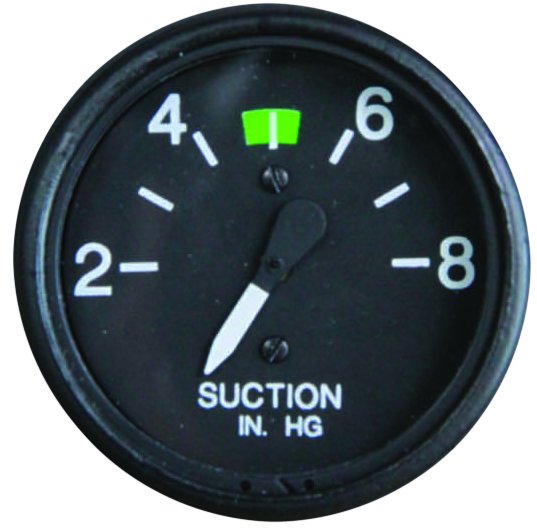
In November 1993, a Mooney 201 was destroyed and its two occupants fatally injured when the pilot lost control in IMC at night during an ILS approach to Providence, R.I. During the four-hour flight from Michigan, the Mooney’s vacuum pump failed while the flight was still in good VMC conditions. The pilot, however, elected to continue the flight despite being told by controllers that he would be entering IMC conditions prior to arriving at Providence. The airplane crashed during its second attempt at the ILS.
The NTSB’s probable cause finding referred to “…inadequate preflight planning/decision to continue flight into known adverse weather conditions…” and “…the pilot’s failure to maintain airplane control during approach….” But the real root cause of this accident was poor risk management.
Looking at all the risk factors, we see that aircraft, environmental and external pressure hazards were present that created high levels of risk that were known to the pilot, yet he failed to mitigate them.
For me, this accident was additionally tragic and personal, since the accident aircraft was one I had operated for nine years. Its new owner had purchased it only a few months before the accident.
Why you should Use Supplemental Oxygen even when it’s not required
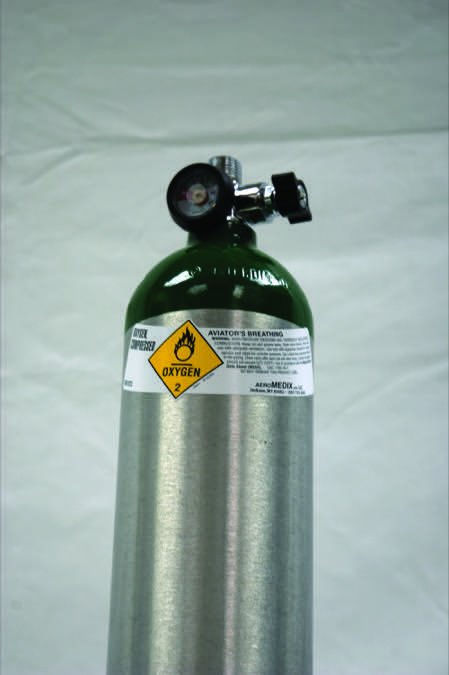
According to the Aeronautical Information Manual (AIM, para. 8-1-2), the “altitude at which significant effects of hypoxia occur can be lowered by a number of factors. Carbon monoxide inhaled in smoking or from exhaust fumes, lowered hemoglobin (anemia), and certain medications can reduce the oxygen-carrying capacity of the blood to the degree that the amount of oxygen provided to body tissues will already be equivalent to the oxygen provided to the tissues when exposed to a cabin pressure altitude of several thousand feet.”
Meanwhile, deterioration in night vision occurs at a cabin pressure altitudes as low as 5000 feet msl. Consider revising downward the minimum altitude at which you use supplemental oxygen when flying at night.
Ultimately, according to the AIM, “The effects of hypoxia are usually quite difficult to recognize, especially when they occur gradually. Since symptoms of hypoxia do not vary in an individual, the ability to recognize hypoxia can be greatly improved by experiencing and witnessing the effects of hypoxia during an altitude chamber ‘flight’.”
Environmental Hazards
As you might expect, both high-performance and less-capable general aviation aircraft face the same types of environmental hazards, but a high-performance aircraft is typically exposed to more of them because of the way they are used. There is a silver lining, however.
The key to dealing with increased exposure to environmental hazards for high-performance aircraft is to use the aircraft’s performance capabilities to mitigate them. For example, it’s always a better idea to circumvent convective areas rather than attempt to penetrate them.
External Pressures
Pilots of high-performance aircraft typically face more external pressures than those who fly simple fixed-gear airplanes. They are more likely to be flying to meet a schedule and arrive on time for meetings or other events.
The key to dealing with most of these external pressures is to create schedule flexibility. For example, be ready to depart a day early to avoid potentially unflyable weather. In my own travels by personal airplane, I always ensured my clients knew I might need to change the schedule at the last minute.
Besides the three high-performance single-engine aircraft I flew for 30 years, I’ve also flown a variety of twin-engine piston and turboprop airplanes, before and during this period. This included Beech Barons and King Airs, Cessna 310, 340 and 402 models, and the Piper PA-31 Navajo. Generally, the challenges of flying these aircraft was similar to flying the Mooney or the Bonanza. Exceptions include the need for proficiency in engine-out situations, and the infrequent availability of anti-icing equipment or radar.
However, the ultimate single-pilot challenge that I faced was flying a jet as the only pilot. This is an altogether different challenge and one I’ll explore in a follow-on article.
Robert Wright is a former FAA executive and President of Wright Aviation Solutions LLC. He is also a 9700-hour ATP with four jet type ratings and holds a Flight Instructor Certificate. His opinions in this article do not necessarily represent those of clients or other organizations that he represents.

